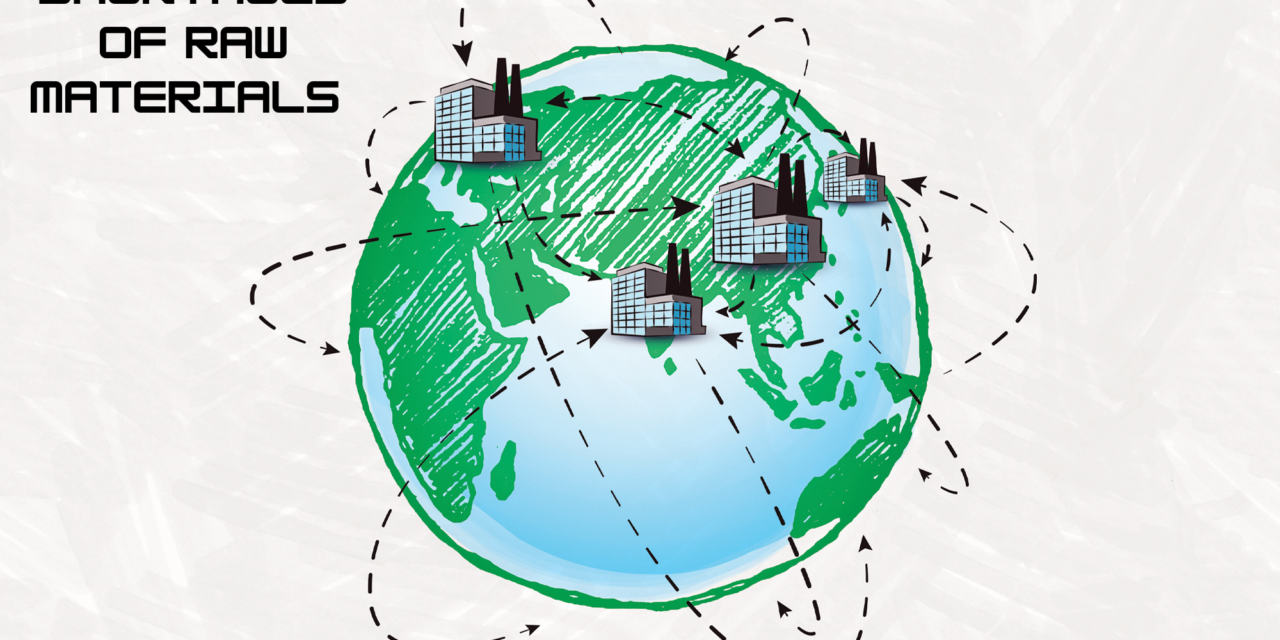Global shortages of raw materials are significantly impacting pharmaceutical chemicals in several ways:
1. Disruption in Drug Production
- Shortages of Active Pharmaceutical Ingredients (APIs), solvents, and intermediates delay drug manufacturing, leading to supply chain bottlenecks.
2. Increased Costs
- Limited availability drives up the cost of raw materials, escalating the overall expense of pharmaceutical production and affecting profit margins.
3. Drug Shortages
- Delays in the production of essential drugs, including generics, create shortages in global markets, impacting patient care.
4. Quality Risks
- Manufacturers may resort to alternative suppliers or lower-grade materials, potentially affecting drug quality and safety.
5. Dependence on Specific Regions
- Over-reliance on regions like China and India for raw materials leaves the industry vulnerable to geopolitical tensions, trade restrictions, or pandemics.
6. Shift to Domestic Manufacturing
- Countries are investing in local API and raw material production to reduce reliance on imports and enhance supply chain resilience.
7. Regulatory Challenges
- Sourcing alternative raw materials requires regulatory approval, further delaying production timelines.
8. Focus on Innovation
- Shortages are prompting R&D into synthetic routes, recycling of materials, and green chemistry alternatives to reduce dependency on scarce resources.
9. Strategic Stockpiling
- Companies are stockpiling raw materials as a precaution, increasing short-term availability concerns.
10. Impact on New Drug Development
- Delays in sourcing specialized chemicals slow down R&D efforts for new and innovative drugs.

















